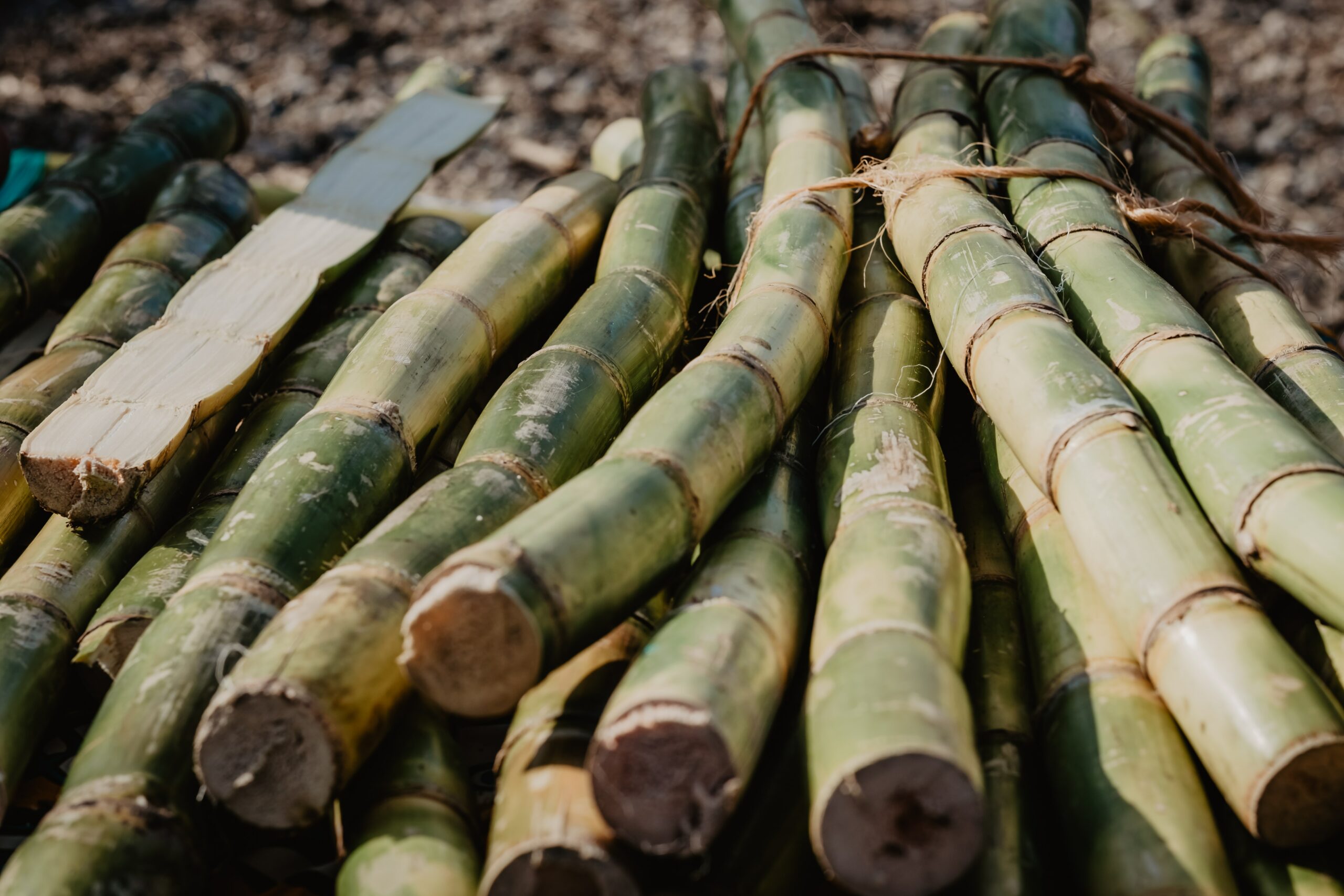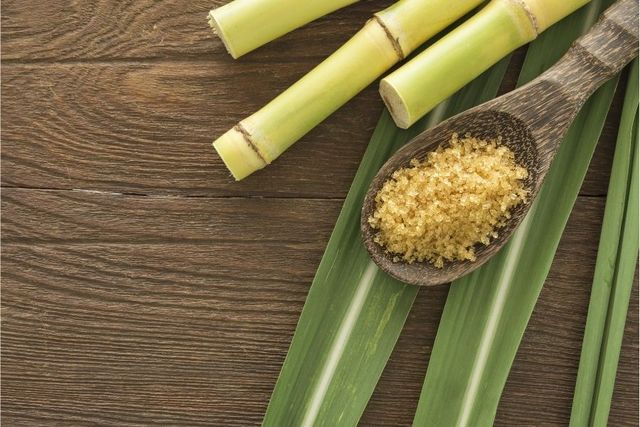Discovering the Complete Line of Process Chemicals: What Are Sugar Canes Used For in Production?
Sugar canes play a crucial duty in different making processes, offering as a flexible resources. Their high sucrose material makes them vital in the food industry, while advancements in biofuels and biodegradable plastics highlight their prospective beyond typical usages. In addition, sugar walking cane extracts are getting recognition in drugs and nutraceuticals for their health benefits. The multifaceted applications of sugar walking canes increase interesting concerns concerning their future in industrial fields. What opportunities exist in advance?

The Trip of Sugar Walking Cane: From Area to Manufacturing facility
As the sunlight rises over huge areas, the trip of sugar walking cane starts, noted by careful farming and harvesting processes. Farmers choose ideal varieties, guaranteeing robust growth in suitable climates. Normal watering and nutrient management are essential, advertising healthy stalks rich in sucrose. When fully grown, the walking stick is gathered, commonly utilizing mechanical cutters that successfully gather the stalks.Once accumulated, the sugar walking stick is transported to processing facilities where it undergoes crushing and washing to extract juice. This juice is then cleared up, eliminating pollutants with sedimentation and filtering. The clear fluid is concentrated by dissipation, and subsequently taken shape to create raw sugar.Throughout this journey, quality assurance is paramount, ensuring that the end product fulfills market requirements. The transformation of sugar cane into raw sugar highlights an intricate interaction of farming and manufacturing, establishing the phase for its diverse applications in numerous markets.
Biofuels: Harnessing Energy From Sugar Cane
A considerable portion of the world's biofuel manufacturing is derived from sugar walking stick, which works as a renewable power source. This flexible crop is mostly processed to remove sucrose, which can be fermented to generate ethanol. Ethanol obtained from sugar walking cane is not only a clean-burning gas choice but also adds to lowering greenhouse gas emissions compared to standard fossil gas. In countries like Brazil, sugar walking cane biofuel has actually become a substantial component of the power matrix, powering automobiles and reducing reliance on imported oil. The farming of sugar cane for biofuels also sustains rural economies, supplying work in farming and handling. Additionally, the by-products of sugar walking stick handling, such as bagasse, are utilized in energy generation, further improving the sustainability of the manufacturing cycle. Overall, sugar walking stick biofuels stand for an appealing opportunity for achieving energy self-reliance while cultivating ecological stewardship.
Naturally degradable Plastics: The Sustainable Service
What happens if the solution to the international plastic situation depends on biodegradable alternatives? Biodegradable plastics, originated from sustainable resources such as sugar canes, present an ingenious technique to decreasing plastic waste. Unlike conventional plastics, which can take centuries to disintegrate, these environment-friendly products damage down naturally, reducing ecological impact.The manufacturing of naturally degradable plastics includes making use of sugars from sugar canes to produce polylactic acid (PLA) and various other biopolymers. These products preserve similar capability to standard plastics, making them ideal for numerous applications, including packaging, tools, and farming films.As consumers and industries change towards sustainability, eco-friendly plastics supply an engaging choice. They not just minimize reliance on nonrenewable fuel sources however likewise support a round economic climate by returning to the planet without leaving harmful deposits. The enhancing need for such products signals a substantial step towards attending to journalism need for more lasting manufacturing options when faced with ecological challenges.
Sugar Walking Stick Removes in Drugs and Nutraceuticals

The Future of Sugar Cane in Industrial Applications
As industries remain to look for eco-friendly and lasting resources, sugar walking cane is positioned to play a crucial function in various industrial applications past its conventional use in sugar manufacturing. Its biomass provides a renewable resource for biofuels, lowering dependence on nonrenewable fuel sources and adding to lower carbon discharges. In addition, sugar walking cane's by-products, such as bagasse and molasses, are being checked out for their capacity in bioplastics and biodegradable materials, dealing with the growing demand for ecologically friendly packaging solutions.Research is also underway to improve the performance of sugar walking cane by-products in different fields, including textiles, cosmetics, and construction. By harnessing site here the distinct residential properties of sugar walking stick, makers can create ingenious items that straighten with check my blog consumer choices for sustainability. As modern technology breakthroughs, the adaptability of sugar walking stick will likely broaden, solidifying its placement as a vital gamer in the change toward an extra sustainable industrial landscape.

Regularly Asked Inquiries
What Is the Refine of Refining Sugar Walking Stick Into Sugar?
The procedure of refining sugar walking stick into sugar entails harvesting, squashing to extract juice, clarifying the juice, vaporizing water, crystallizing sugar, and ultimately drying and packaging the fine-tuned product for circulation and consumption. (What Are Sugar Canes Used For)
Just How Does Sugar Walking Cane Influence Resident Economies?
Sugar walking cane substantially affects regional economic climates by creating work, improving agricultural production, and creating income via exports. Its growing supports small farmers and local services, fostering community development and boosting general financial security in sugar-producing regions.
Are There Any Type Of Ecological Interest In Sugar Walking Stick Farming?
Ecological problems connected with sugar walking stick farming include logging, soil degradation, water usage, and pesticide runoff (What Are Sugar Canes Used For). These concerns impact regional environments and add to climate adjustment, triggering ask for more sustainable agricultural methods within the market
What Are the Nutritional Benefits of Sugar Walking Stick?
The dietary benefits of sugar walking cane include its abundant web content of antioxidants, vitamins, and minerals. It offers natural energy, supports hydration, and may help digestion, adding favorably to overall health and wellness when consumed in small amounts.
Just How Does Sugar Walking Stick Compare to Various Other Crops in Sustainability?
Sugar walking cane displays higher sustainability contrasted to numerous crops because of its efficient use land and water sources, ability to generate biofuels, and potential for carbon sequestration, contributing positively to ecological wellness and farming practices. When mature, the walking this content stick is collected, usually making use of mechanical cutters that successfully collect the stalks.Once accumulated, the sugar walking stick is delivered to refining centers where it undergoes grating and washing to extract juice. Unlike typical plastics, which can take centuries to disintegrate, these environmentally friendly materials damage down naturally, decreasing environmental impact.The production of biodegradable plastics entails using sugars from sugar canes to create polylactic acid (PLA) and various other biopolymers. Usually acknowledged for their duty in sugar production, sugar walking stick removes are significantly locating applications in the pharmaceutical and nutraceutical sectors. As industries proceed to seek lasting and renewable resources, sugar walking cane is positioned to play a crucial duty in different industrial applications past its traditional usage in sugar manufacturing. In addition, sugar walking stick's spin-offs, such as bagasse and molasses, are being checked out for their potential in bioplastics and biodegradable products, dealing with the growing demand for ecologically friendly packaging solutions.Research is also underway to boost the effectiveness of sugar walking stick derivatives in numerous sectors, including textiles, cosmetics, and building.